
Imagining a World Where Photoshop Tools Exist in Real Life
“I Have PSD” is a creative stop-motion short film by …

“I Have PSD” is a creative stop-motion short film by …
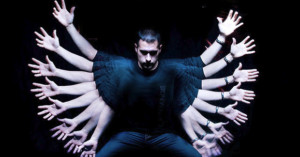
Certain higher end flashes have a strobe (AKA repeating flash) mode that can flash repeatedly, freezing a moving subject in various positions in a single exposure. This tutorial will teach you how to create a similar effect using light painting techniques, resulting in the above photo.
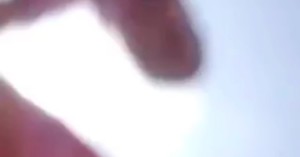
“Oops”, created by Chris Beckman, is a 10 minute art video composed entirely …
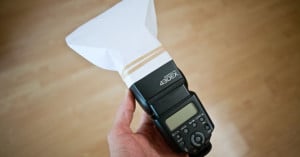
Want to print your own flash reflector? Pieroway has free PDF templates that you can use. The templates print double sided, with black printed on one side and faint gray fold lines printed on the other. Print it, cut the shape out, fold along the lines, and attach it to your flash with a rubber band.

PhotoSync for Lazy is an app for iOS devices that automatically syncs photographs …
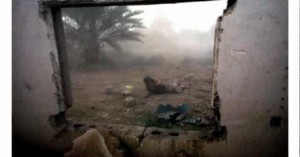
This audio slideshow interview by BagNewsSalon features New York Times contract photographer Michael …
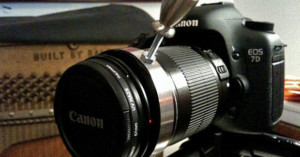
Want more precision in your focus adjustments when shooting video with your DSLR, but don't want to shell out money for a pricey follow focus? Flickr user Adam Lisagor shot this photo showing how he created his own DIY follow focus for $6. All you need is a steel hose clamp, drawer handle, nut, and bolt. Drill a hole through the clamp, and put it together as shown above.
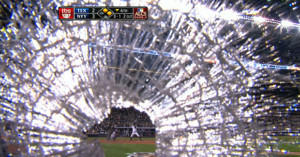
During Game 4 of the series between the Yankees and the Rangers this past tuesday, a player broke a bat when making a hit and the broken end of the bat flew all the way into the camera well, shattering the front of a Canon DIGISUPER 86II TELE xs camera lens worth $90,000. Luckily there was a protective filter being used over the lens, though it will still cost $20,000 to replace it. What's neat is that cameraman Steve Angel kept on shooting with the smashed lens, framing the scenes through the small hole in the shattered glass until the camera was replaced an inning later.
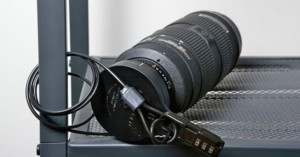
The Lens Lock is the latest product in the GearGuard gear locking system by Gary Fong (maker of the well known LightSphere). It attaches to the back of a lens like an ordinary rear lens cap, but can be secured and locked using a cable/lock combo. This allows you to lock the gear down when not in use (like you would do with a bike) or lock it together with other gear in your bag, preventing individual items from being stolen from your bag.
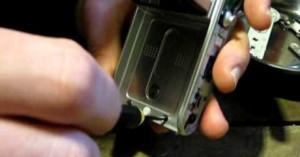
This neat DIY video shows how you can convert an ordinary digital camera into a night vision camera. The …
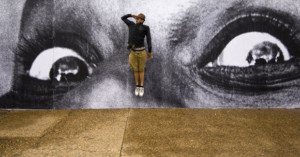
The TED conference announced yesterday that the 2011 TED Prize would be awarded to the anonymous street artist and photographer known as JR. Previous winners of the $100,000 award include Bill Clinton, James Nachtwey and Bono.
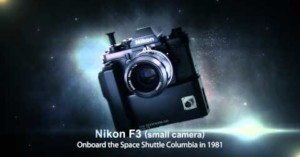
Nikon created this short video to introduce the various Nikon cameras that have …
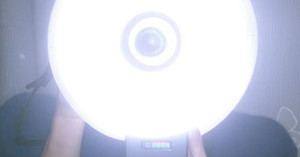
One of the things about macrophotography is that you either have to shoot wide open (and have a depth of field of about 1 micron or so) or stopped down to get some decent DOF (but have ridiculous shutter speeds making everything a blur). The solution: put a strobe on it! Given that you are so close to your subject, it's hard to properly light it. A ring flash is a good choice and at the tiny distance it is used from the subject, it has the effect of a large softbox creating even lighting.
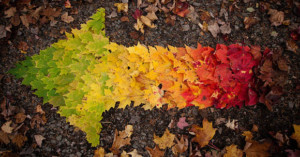
When the leaves on trees are just starting to change color in the Autumn, try collecting them and arranging …
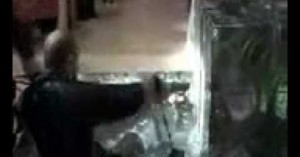
This poor wedding photographer wasn’t looking at where he was going and, as a result, caused a huge commotion …
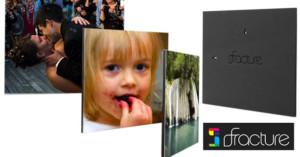
Update: This giveaway is now over. The winners were randomly selected and announced below.
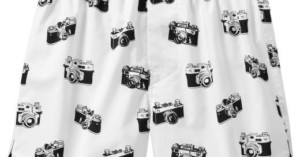
Gap is selling a pair of vintage camera boxers for $12.50, or $10 …
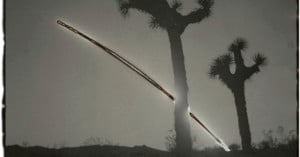
Photographer Chris McCaw was making long exposures of the night sky during a camping trip when he forgot to cap his camera lens before going to sleep. When he woke up, he discovered that the sun had burned a hole through his negative. After processing the film, he found that it had solarized, or reversed in tone. What started as an accident McCaw now does intentionally for his "Sunburn" series of photographs.
Using homemade large format cameras, McCaw exposes silver gelatin paper for extended periods of time, burning through the paper and inverting the image.
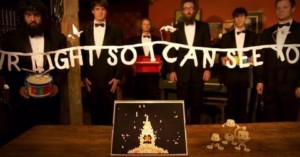
Introduced in 1967, the Lite-Brite is a children’s toy where colored pegs are …
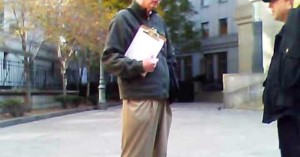
On November 9th, 2009, Software programmer Antonio Musumeci was filming the arrest of a protestor outside a federal courthouse in NYC when he himself was arrested. His main camera was confiscated, but he recorded the entire encounter on a second camera (the resulting video is above). In April 2010, the New York Civil Liberties Union sued the government on Musumeci's behalf, and yesterday it was was announced that a settlement had been reached, with the government recognizing the public's right to photograph and film in public spaces outside federal buildings.
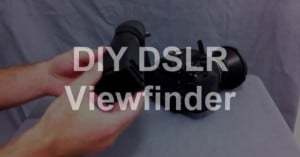
Alan Morris created a DIY LCD viewfinder loupe by slicing the viewfinder off …

Last week Scott Bourne published an article on Photofocus titled, "Photos On Twitter – What You Should Know". In it, he claimed that Twitter's terms of service (TOS) forced photographers to give Twitter a license to do whatever they wanted with photos shared through the service. The argument centered around a couple paragraphs found in the document:
By submitting, posting or displaying Content on or through the Services, you grant us a worldwide, non-exclusive, royalty-free license (with the right to sublicense) to use, copy, reproduce, process, adapt, modify, publish, transmit, display and distribute such Content in any and all media or distribution methods (now known or later developed).
This was used to argue that Twitter owns a license to photos shared through the service.
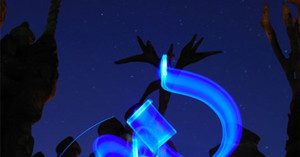
Light painting and calligraphy are both hard enough skills to master on their own, but what about combining the two and doing it well? That's what French artist Julien Breton specializes in. These photographs show Breton's calligraphy created with light with no trickery involved at all.
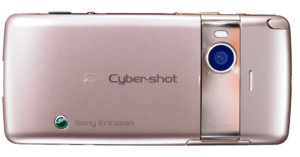
The first phone to use the 16 megapixel Sony CMOS sensor announced at the beginning of the month has …
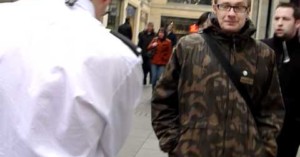
Terrorists aren't the only people photographers are being mistaken for in the UK -- upscale shopping area Multrees Walk in Edinburgh has begun targeting photographers after a string of thefts by ram raiders, or burglars who drive large vehicles through the front of stores and then loot them. The above video shows a confrontation with security that occurred after a guy and his friend snapped a photo of a shop window.
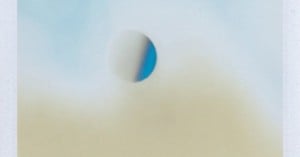
Solaroids are unique prints created by photographer Jeff Mclane by exposing large format (4x5 in) Fuji instant film to direct UV light for long periods of time.
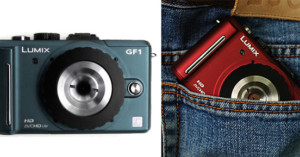
If you have a Panasonic Micro Four Thirds camera and a love for retro photos, the Skink Pinhole Pancake Pro Kit can instantly turn your camera into a digital Holga pinhole camera. It's a modular system that provides three kinds of "holes":
Depending on the desired effect, you can use your camera as a pinhole-, zone plate- or zones sieve camera. To a high degree the installed aperture determines how your vision is creatively interpreted in rendering an image. The traditional pinhole creates relatively sharp images with exposure times ranging from one second to several minutes. With a zone plate or zone sieve however, photos can be taken without a tripod, if the lighting conditions permit higher speeds.
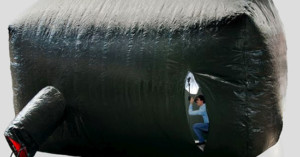
Meet the Inflatable Photo Studio (IPS), a giant plastic bag that inflates in …
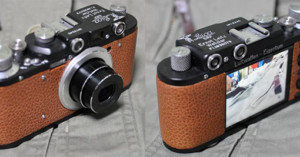
There was quite an outcry back in September when we shared the iCannon 4 project, where some guy gutted his Canon film SLR to use it as a shell for an iPhone 4. The frankencamera shown above is a bit cooler - it was created using a Russian Leica imitation and a Sony DSC-WX1 digital compact. Both cameras were disassembled, with the rangefinder contributing the outer shell and then Sony cam offering the inner workings. What's amazing is that the resulting camera looks like a nicely designed retro digital compact - similar to the new FujiPix X100.
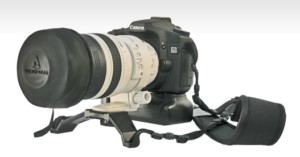
Lens caps, filters, and hoods are great from protecting lenses from scratches and bumps, but they aren't the best for reducing the impact in the case that you accidentally drop your gear. The Lens Guard by DeluxGear is designed to absorb this kind of shock, protecting your lens from the impact of bumps and drops, and slips over lenses snugly with or without the filters or lens cap attached.